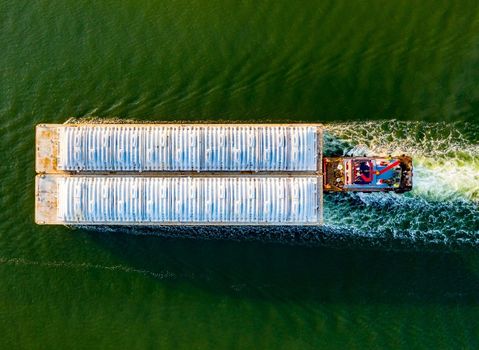Green Shipping and digital twins

Ship carbon reduction techniques
A number of technologies have been put out recently to decarbonize the maritime sector. The literature has placed a lot of emphasis on the trade-off between slow steaming and voyage cost reduction (lower fuel consumption and emissions), which results in longer voyages and lost revenue, as well as concerns with related machinery performance and emissions. Furthermore, a number of emission-reducing technologies (decarbonization solutions) have been proposed for hull design, power and propulsion systems, alternative fuels, alternative energy sources, and operations.
Green hydrogen and e-fuels are common names for green fuels. E-fuels are anticipated to replace fossil fuels, which have a detrimental influence on the environment, are expensive, and have a sporadic supply.
Fuel cells and carbon capture
Fuel cells (FCs) are effective energy converters having the ability to capture and/or convert CO2. Based on criteria for energy efficiency, power capacity, and sensitivity to fuel impurities, solid oxide fuel cells (SOFCs) and molten carbonate fuel cells (MCFCs) are the most promising candidates for maritime applications. Power capacity, prices, and stack lifetime are the three primary performance indicators for using fuel cells in maritime applications. The creation of performance models for hybrid solutions for various ship types is crucial if fuel cell applications in the maritime sector are to advance (i.e., to increase their performance). Coupled with batteries, modularization, and optimized control and operating methods.
Ship Digital Twinning
In terms of its structure (such as hull type, component layout, and hull parameters), subsystems (such as engines, propellers, and rudder), and functions (such as propulsion, navigation, and loading), a ship digital twin is a digital representation of the actual (physical) ship. It can also be integrated into a fleet management system or multimodal supply chains. It offers a distinct, intelligent ship model that combines technical requirements, component models, and parameters with management data on the ship’s parts and operations, allowing for computerized simulation and optimization of all of the ship’s operations along a matrix of performance metrics that places an emphasis on environmental criteria.
With a physical ship’s automation systems and network infrastructure, digital twins utilise bi-directional communication links25. The physical ship is continuously monitored using a variety of data gathering methods, equipment, and communication channels via the communication link from the ship to the Digital Twin. Consequently, the virtual Digital Twin can continuously learn from its real-world counterpart and develop in a way that replicates its lifecycle. As a result, using simulation or prediction techniques, a Digital Twin can be used to gain insights into the actual ship’s current state as well as predict its future states. Therefore, the Digital Twin can direct automated supervisory control of the ship or provide information to those in charge of making the right decisions. Thus, we can view and measure the ship model parameters that make up a ship digital twin. A ship operations management DT or a more comprehensive DT covering the entire continuum of ship design, construction, and lifecycle management can be linked to it. It can be developed as a series of interconnected/linked modules for the ship propulsion system, the ship voyage management, or fleet management. In order to achieve many performance goals, including the reduction of environmental effect, using a ship DT is intended to enable reactive and predictive decision-making tasks at several levels.
About the Author: Subana Akhmedli
